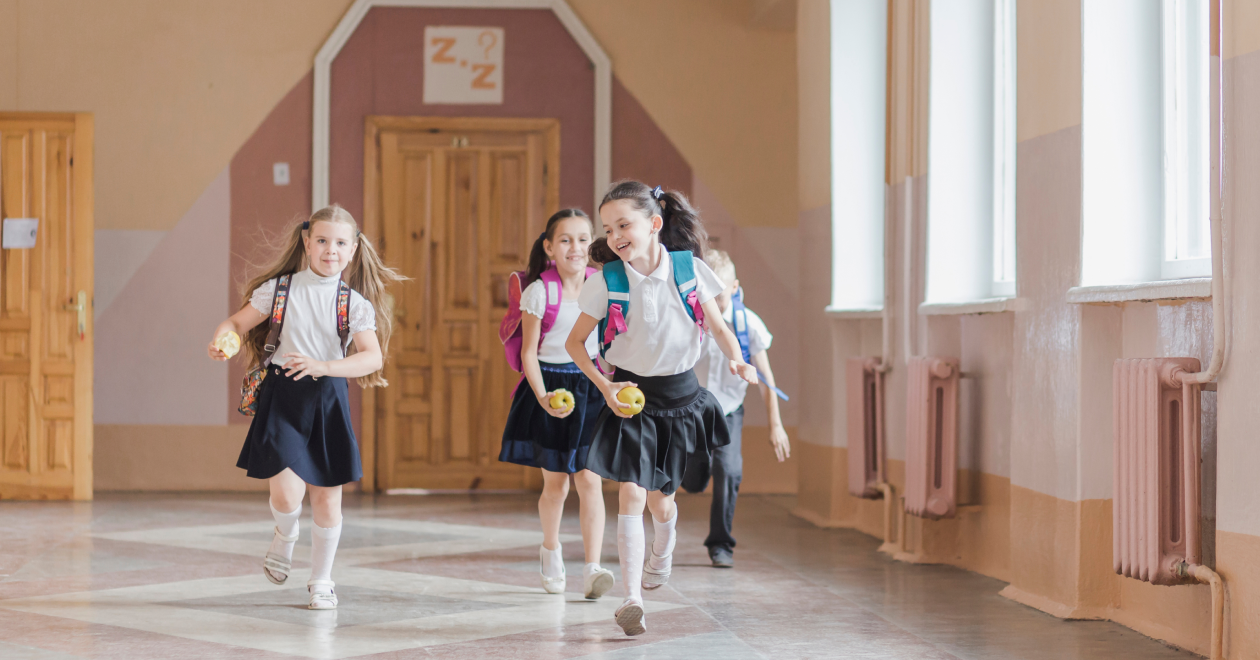Microschool Movement

Microschools typically consist of small groups of students, ranging from a handful to a few dozen, and are often led by a single teacher or a team of educators.
These schools can be physical or virtual and offer a flexible, tailored approach to education. The microschool movement has gained traction as an alternative to traditional schooling models, offering several potential benefits.
Key Characteristics of the Microschool Movement
01
Small Class Sizes
Microschools intentionally maintain small class sizes to foster more personalized instruction and meaningful interactions between students and educators.
02
Customized Curriculum
Microschools often prioritize individualized learning plans that cater to each student’s strengths, interests, and learning pace. This can lead to a more engaging and effective learning experience.
03
Flexible Scheduling
Microschools may have flexible schedules, allowing for creative use of time and the incorporation of experiential learning, field trips, and real-world projects.
04
Community Involvement
Microschools frequently emphasize a strong sense of community and collaboration among students, parents, and educators. This can create a supportive and enriching learning environment.
05
Blended Learning
Many microschools leverage technology to facilitate learning, combining in-person interactions with online resources and tools.
06
Holistic Education
Microschools often focus on the development of not only academic skills but also critical thinking, problem-solving, social-emotional skills, and character development.
07
Location Diversity
Microschools can be established in a variety of settings, such as homes, community centers,
co-working spaces, or online platforms, allowing for adaptability and accessibility.
But You Want to Know How to Fund all the Cool Programs
Some states already have options such as Education Savings Accounts, Tax Credit Scholarships or Voucher programs and many states are introducing bills to
expand these programs.
Importance of the Microschool Movement
01
Personalization
The microschool movement emphasizes the importance of tailoring education to the unique needs and interests of each student. This individualized approach can lead to better academic outcomes and increased student engagement.
02
Innovation and Flexibility
Microschools provide an opportunity to innovate and experiment with new teaching methods, technologies, and educational approaches that may not be feasible in traditional school settings.
03
Addressing Diverse Needs
Microschools can serve as a valuable option for students who do not thrive in large, conventional school environments. This includes gifted students, students with special needs, or those who require a more flexible schedule.
04
Strong Community Bonds
Microschools often foster strong relationships among students, parents, and educators, creating a sense of belonging and shared responsibility for the educational journey.
05
Local Empowerment
The microschool movement empowers local communities to take an active role in shaping education. It allows educators and parents to have a direct influence on the curriculum, teaching methods, and overall learning experience.
06
Responsive to Changing Times
The microschool model’s flexibility and adaptability make it well-suited to respond to changing educational needs, such as during times of crisis or when traditional schooling options are limited.
While the microschool movement offers numerous benefits, it’s important to consider potential challenges, including funding, and maintaining a well-rounded educational experience. As with any educational approach, the success of microschools depends on thoughtful planning, dedicated educators, supportive communities, and ongoing collaboration between stakeholders.
